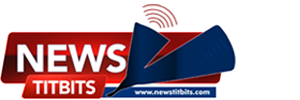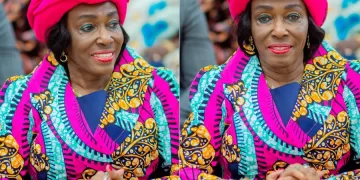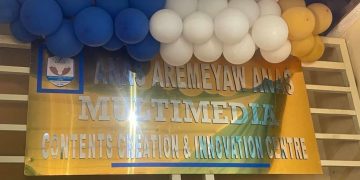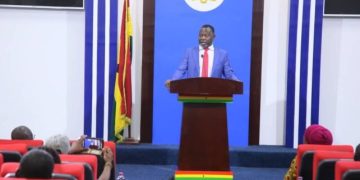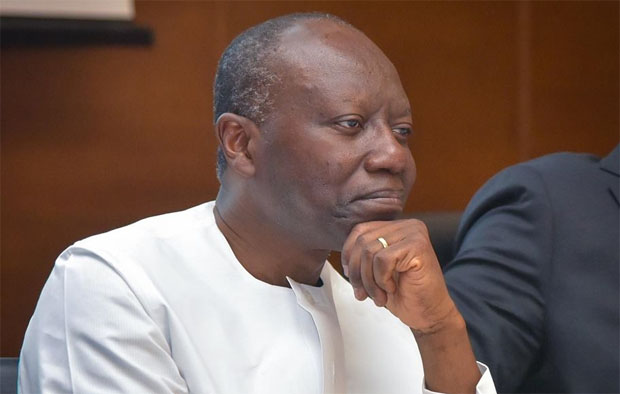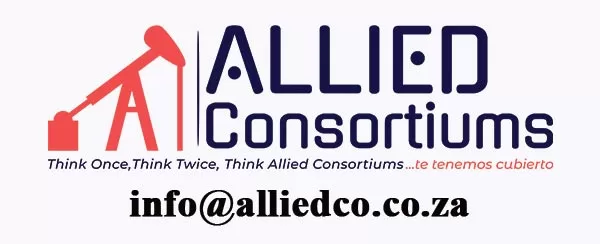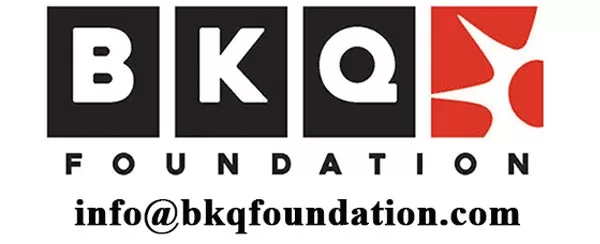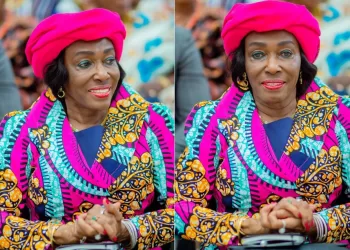 One of the five pillars of the Year of Reading concept being promoted by the Ghana Library Authority is LITERACY. The Oxford dictionary definesliteracy as the ability to read and write.
One of the five pillars of the Year of Reading concept being promoted by the Ghana Library Authority is LITERACY. The Oxford dictionary definesliteracy as the ability to read and write.
The key to literacy is reading development, a progression of skills which begins with the ability to understand spoken words and decode written words, and which culminates in the deep understanding of text. It is necessary we take into consideration how today’s changing technological landscape offers both promise and challenges to literacy instruction. But it is critical to fit technology into education and discuss how literacy education can meet society’s increasing demand for technology-savvy citizens who possess higher levels of literacy skills and background knowledge Literacy is also defined as having knowledge about a specific subject.
Short History about Literacy in Ghana
The Ghana Library Authority, established in 1950, was the first national library service in sub-Saharan Africa.[1]The Authority was established by the 1949 Gold Coast Library Ordinance. It assumed responsibility for the Aglionby Library, which had been started by John Aglionby, the Anglican bishop of Accra, and the British Council‘s mobile library service. Thus, setting a model for other public library services in Africa. The Authority is currently headed by Ghanaian Social Entrepreneur, Mr. Hayford Siaw who was appointed by President Nana Addo Dankwa Akufo-Addo [1]
Literacy in the new age
Literacy is one of the important skills required for the growth and development of an individual and the economic growth of any community. Helping someone to read and write effectively or acquire the basic math skills so many of us take for granted, improves the future of everyone in society. Literacy is critical to economic development as well as individual and community well-being.
Literacy in the 21st Century should not only be promoted by text alone and the TOP TEN literacy skills here must inform the kind of literacy we promote in this day and age. Digital Literacy, one of the top ten skills in education is expected to give students a chance to work with blogs, social media, movie-making, bookmarking, audio recording and annotation tools. These technological advances have created high hopes among many teachers, administrators, researchers, and policy makers, who believe that the digital devices offer great promise as instructional tools for literacy education. Simple applications of existing e-reading technology such as changing font size on-screen, using text-to-speech features to provide dual input of text, or using the Internet to collaborate on learning activities may substantially improve the learning of many students. The present generation of readers would have found it more natural than older generations to begin communicating with visuals, the mix in text, colour, sound and graphics.Some Recommendations
It is important that Ghana being the shining example for other Africa countries considers a library system based on the principle of e-reading incorporated with Universal Design for Learning (UDL) to help address everybody’s needs. It will also be important to put in place a systemic support. This could help the library attendants use the E-reading technology tools effectively. However, there is the need for library attendants to be adequately resourced and provided with consistent systemic support such as a formal Authority-based information teams. Regional library attendants must be encouraged to choose evidence-based tools. E-reading technology is proliferating and diversifying so rapidly to the point that research evidence will necessarily lad behind innovations. Ensuring that E-reading technology tools are guided by research both on technology itself and on effective instructional practices. There is the need to capitalize on data. This will help clear and gather data on the students who assess the facility and whether they are being provided relevant resources for whatever reason they visit the facility for. It has become feasible for teachers serving students from pre-kindergarten through postsecondary levels to assess the data they need to ensure more seamless transitions between grades and schools—for example, the transition from pre-kindergarten to kindergarten or from middle school to high school. Similarly, monitoring agencies, such as districts and states, will have increasingly timely access to evaluation and other outcome data. The questions that we should however be answering are: How are we training the present generation to manage distractions and to ignore links and how to stick to the text they read? I have read about digitization: what is the goal? Is it going to be beneficial to the members of the library or to the library attendants? What kind of environment are we considering in our quest to promote the reading culture in the children of Ghana? Do we really require space for that kind of reading?Conclusion
Our aim in this article has been to examine how today’s changing technological landscape offers both promise and challenges to literacy instruction. The question is not how to fit technology into education but how literacy education can meet society’s increasing demand for technology-savvy citizens who possess higher levels of literacy skills and background knowledge. Our intent has been to highlight issues that educators, researchers, and policy makers must consider in responding to those demands
By Awo Aidam Amenyah | https://childonlineafrica.org]]>